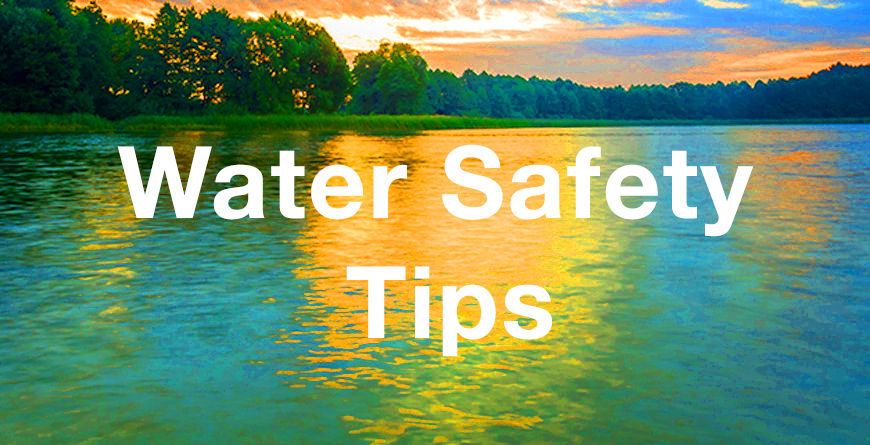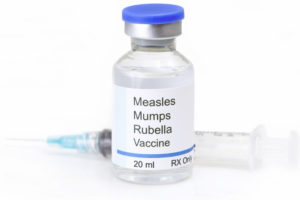Drowning Prevention Tips
Did you know that an infant or toddler can get drown in less than two inches of water? Most toddler drowning fatalities occur because of a brief lapse in supervision within the home or play area of the yard. It can happen in a few minutes. Make sure to protect your children for drowning hazards, even if you don’t have a pool.
The American Association of Pediatricians recommends that whenever your child is near water, you follow these safety rules:
- Be aware of small bodies of water your child might encounter, such as bathtubs, fishponds, ditches, fountains, rain barrels, watering cans—even the bucket you use when you wash the car. Empty containers of water when you’re done using them. Children are drawn to places and things like these and need constant supervision to be sure they don’t fall in.
- Children who are swimming—even in a shallow toddler’s pool—always should be watched by an adult, preferably one who knows CPR. The adult should be within arm’s length, providing “touch supervision” whenever infants, toddlers, or young children are in or around water. Empty and put away inflatable pools after each play session.
- Enforce safety rules: No running near the pool and no pushing others underwater.
- Don’t allow your child to use inflatable toys or mattresses in place of a life jacket. These toys may deflate suddenly, or your child may slip off them into water that is too deep for him.
- Be sure the deep and shallow ends of any pool your child swims in are clearly marked. Never allow your child to dive into the shallow end.
- Backyard swimming pools, (including large, inflatable above-ground pools), should be completely surrounded with at least a 4-foot (1.2 meters) high fence that completely separates the pool from the house. The fence should have a self-closing and self-latching gate that opens away from the pool, with the latch at least 54 inches high. Check the gate frequently to be sure it is in good working order. Keep the gate closed and locked at all times. Be sure your child cannot manipulate the lock or climb the fence. No opening under the fence or between uprights should be more than 4 inches (10 cm) wide. Keep toys out of the pool area when not in use so that children are not tempted to try to get through the fence.
- If your pool has a cover, remove it completely before swimming. Also, never allow your child to walk on the pool cover; water may have accumulated on it, making it as dangerous as the pool itself. Your child also could fall through and become trapped underneath. Do not use a pool cover in place of a four-sided fence, because it is not likely to be used appropriately and consistently.
- Keep a safety ring with a rope beside the pool at all times. If possible, have a phone in the pool area with emergency numbers clearly marked.
- Spas and hot tubs are dangerous for young children, who can easily drown or become overheated in them. Don’t allow young children to use these facilities.
- Your child should always wear a life jacket when he swims or rides in a boat. A life jacket fits properly if you can’t lift it off over your child’s head after he’s been fastened into it. For the child under age five, particularly the non-swimmer, it also should have a flotation collar to keep the head upright and the face out of the water.
- Adults should not drink alcohol when they are swimming. It presents a danger for them as well as for any children they might be supervising.
- Be sure to eliminate distractions while children are in the water. Talking on the phone, working on the computer, and other tasks need to wait until children are out of the water.
The most susceptible children are toddlers. Water Smart Broward has an online resource guide that explains why toddlers are at a great risk for drowning:
- Toddlers love to splash, drizzle, pour and play in water, even if it is a toilet, dog bowl, dishwasher, sink, bucket filled with soapy water, or rain water in a container.
- Toddlers are all about Me-Mine-Now. They have no fear, are very curious and are able to think of things that are out of sight or reach.
- They require patience & constant supervision. Toddlers can wake up unexpectedly and quickly leave a safe area without being noticed. They are quick and on the run.
What can you do if a child is drowning?
- Remove the child from the water
- Call 9-1-1
- Begin CPR
More information available on the following links:
Learn to swim / Miami Dade
http://www.miamidade.gov/parks/learn-to-swim-program.asp
Drowning Prevention in South Florida
CDC – Infants & Toddlers (Ages 0-3) – Safety in the Home & Community
https://www.cdc.gov/safechild/drowning/




